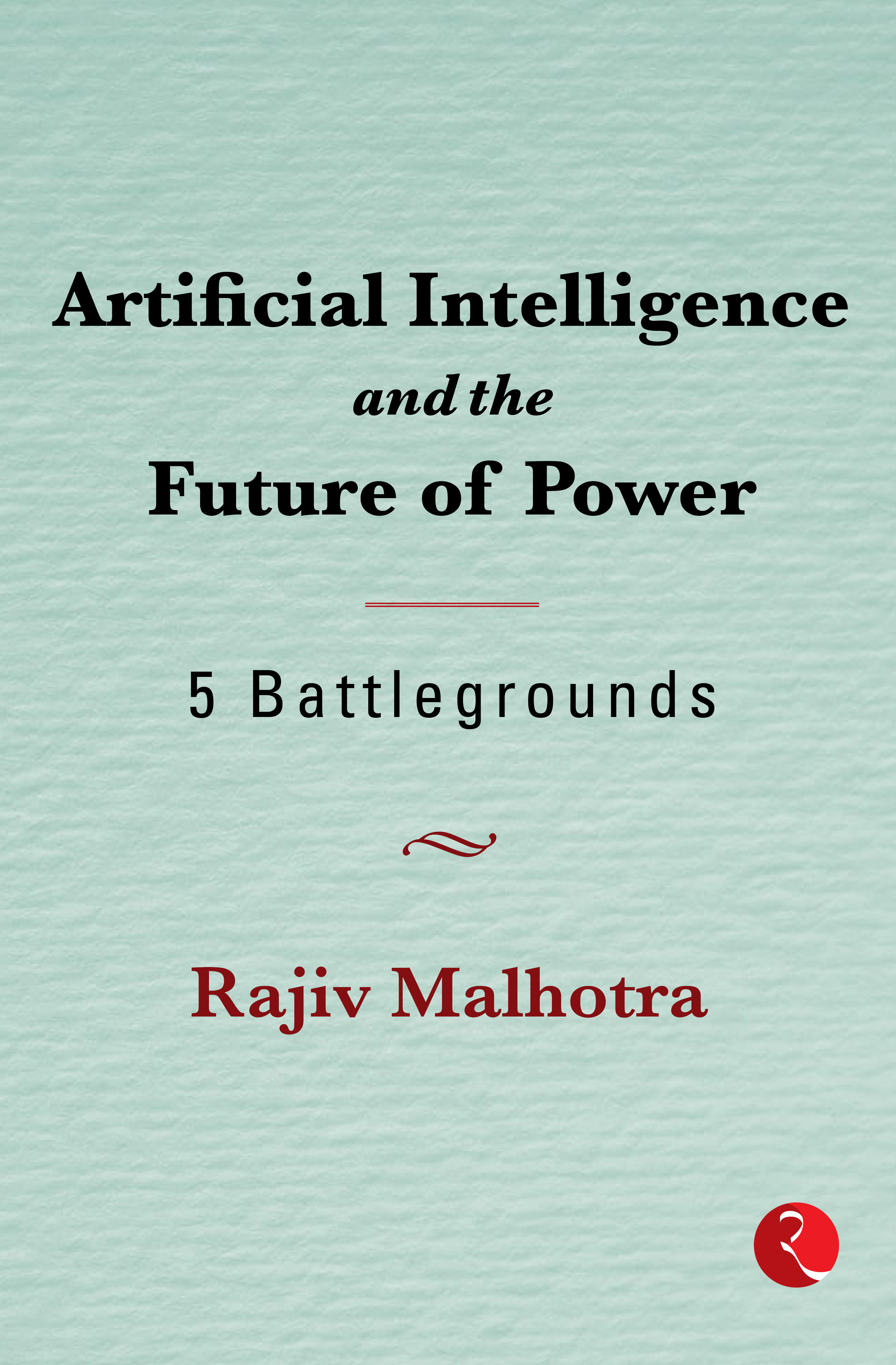DIGITAL COLONIZATION | ARTIFICIAL INTELLIGENCE AND THE FUTURE OF POWER

The industrial revolutions of prior eras produced different effects in different countries and in different communities within countries. This is also likely to be the case with the disruptions of AI. The initial disruptions will primarily be in developed countries where automation is strongest, but the reverberations will gradually be felt in every corner of the world.
The new AI-based power centers are located firmly in the US and China. A new era of colonization—namely, digital colonization—is already underway. The associated economic, social and political effects will devastate other countries, which will be relegated to the status of colonies or satellites. And China’s grip on its colonies will strengthen—including large parts of Africa and Latin America as well as Asian countries like Pakistan.
To understand the huge disparities between this duopoly of AI leaders and other countries, we must look at where the new AI investments are being made. The AI investments in recent years, as well as forecasts for the future, have resulted in a heavy concentration of intellectual property, industrial assets and wealth generation in the US and China. PricewaterhouseCoopers has forecasted that the total world GDP will increase by up to 14% by the year 2030 as a result of AI, suggesting that almost sixteen trillion dollars of additional economic activity will be added to the world economy during this decade alone.
The table below offers a breakdown of AI’s boost to the world’s GDP by region. China is at the top, even ahead of the US. Despite having the world’s second-largest population, India is at the bottom, subsumed into the “rest of the world” category.

Source: PricewaterhouseCoopers, Sizing the Prize, 2017
A United Nations 2019 report also offers an interesting perspective on technological dominance.
China, the United States and Japan together account for 78 per cent of all AI patent filings in the world. USA and China account for 75 per cent of all patents related to blockchain technologies, 50 per cent of global spending on internet-of-things, at least 75 per cent of the cloud computing market, and 90 per cent of the market capitalization value of the world’s 70 largest digital platform companies.
An important new technology related to AI is the Internet of Things, in which all sorts of physical devices are digitally connected with the internet, the same way computers and digital phones are. These interconnections include ubiquitous home appliances like lighting fixtures, refrigerators, and cars and office buildings as well as commercial devices including entire factories. The US and China account for half the world’s spending on the Internet of Things.
China and the US have surpassed all other countries in spending with their vibrant AI developers, venture funding, and huge databases already in place. Their resources create an insurmountable barrier to competition for all other countries at this stage.
Bain & Company analyzes a different aspect of the disparities between rich and poor countries that AI will exacerbate. It warns that poor countries will no longer be able to use their low wages to climb the development ladder. Another report exposing the deepening divide between developed and developing countries states:
The winners of the digital revolution are, on the other hand, likely to be the highly developed Asian countries with good education systems, such as Singapore, Hong Kong, Taiwan and South Korea. These countries—together with the Scandinavian countries—have been undertaking research and working to find digital solutions for complex issues for a long time. The digital interconnection of people in these countries is also very far advanced.
Unfortunately, the newly emerging markets that have been hoping to copy the export-led growth model of Japan, the Asian Tigers (South Korea, Taiwan, Singapore and Hong Kong), and China are likely to face shrinking global demand. As automation spreads, large pools of unskilled labor will become less valuable as labor becomes a smaller proportion of overall costs. At the same time, new technologies are poised to make smaller-scale manufacturing more cost-efficient, allowing advanced economies to rely more on domestic production.

In fact, the next generation of robots will become cost-competitive against workers in developing countries. This trend will adversely impact poor countries, especially those burdened with large populations, as smart computers take over more and more jobs.
A report from Oxford Economics also warns that
the effects of these job losses will vary greatly across countries and regions, with a disproportionate toll on lower-skilled workers and on poorer local economies. In many places, the impact will aggravate social and economic stresses from unemployment and income inequality in times when increasing political polarization is already a worrying trend.
It goes on to state that automation is likely to hit the poorest people hardest.
On average, a new robot displaces nearly twice as many jobs in lower-income regions compared with higher-income regions of the same country. At a time of worldwide concern about growing levels of economic inequality and political polarisation, this finding has important social and political implications.
The WEF report agrees that the digital divide between rich and poor countries creates a vicious cycle from which the poor cannot escape.
A widening digital divide between countries risks a vicious cycle, as increasing wealth gaps and a brain drain make it harder for those left behind to catch up…. Hence, countries could lose out on the compounding effect of investments and subsequently lack the R&D capabilities needed to thrive, contributing to yet further brain drain.
In summary, AI-driven disruptions will precipitate the dawn of the age of digital colonialism. Because economies of scale figure significantly in the development and management of AI technology, the haves and have-nots in AI will be a decisive factor in determining the fate of nations. Some will win big, and others will be forced out of the race. The countries with the biggest databases, the largest budgets, and the most experience with deployment will eclipse others in AI. Digital domination will translate into profits and, consequently, increased investment capacity over those that fall behind. The gap between leaders and laggards will be practically impossible to close; in fact, due to the exponential growth of technology, the gap is likely to widen. The low-wage comparative advantage of developing countries is rapidly fading away because AI-based automation will eliminate most low-level factory jobs.
Those countries left behind are destined for digital colonization in the same way the Industrial Revolutions enslaved many parts of the world. Countries starting late in the AI race will eventually give up, forced to accept their fate as a second-tier player and becoming, in effect, a dependent nation or even a virtual colony.
****
Read more with Rajiv Malhotra’s Artificial Intelligence and the Future of Power

